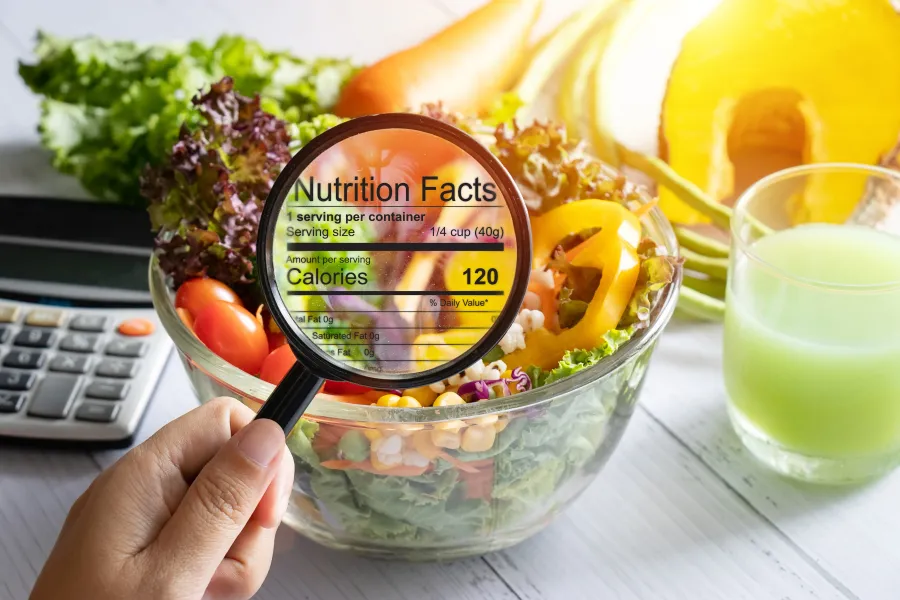In today’s world, where there are countless food options available, making informed food choices is essential for maintaining a healthy diet.
One of the most valuable tools for making these choices is the nutrition label. By understanding how to read and interpret nutrition labels, you can make healthier decisions about the foods you eat.
In this article, we’ll discuss how to use nutrition labels effectively to make informed food choices.
Understanding Nutrition Labels:
-
- Explanation of the components of a nutrition label
- Serving size and servings per container
- Calories: How much energy the food provides
- Macronutrients: Protein, carbohydrates, and fat
- Micronutrients: Vitamins and minerals
- % Daily Value (%DV): How the food contributes to your daily nutrient needs
Using Nutrition Labels to Make Healthier Choices:
-
- Focus on serving size: Pay attention to portion sizes to avoid overeating.
- Check calorie content: Be mindful of calorie intake, especially if you’re trying to manage your weight.
- Choose foods with healthy macronutrients: Opt for foods that are high in protein, fiber, and healthy fats.
- Limit unhealthy ingredients: Avoid foods that are high in added sugars, sodium, and unhealthy fats.
- Look for essential nutrients: Choose foods that are rich in vitamins and minerals to support overall health.
Tips for Using Nutrition Labels Effectively:
-
- Read the entire label: Don’t just focus on one aspect of the label; consider the food as a whole.
- Compare similar products: Use nutrition labels to compare different brands and varieties of the same food.
- Be wary of marketing claims: Don’t be swayed by buzzwords like “natural” or “low-fat” without checking the nutrition label.
- Use %DV as a guide: Aim for foods that provide 20% or more of the %DV for essential nutrients like fiber, vitamins, and minerals.
Examples of Making Informed Food Choices:
-
- Choosing whole grain bread over white bread for its higher fiber content.
- Opting for fresh fruit instead of fruit juice to avoid added sugars.
- Selecting plain yogurt over flavored yogurt to avoid added sugars and artificial sweeteners.
- Choosing lean protein sources like chicken breast or tofu instead of fatty cuts of meat.
Conclusion
Nutrition labels are powerful tools for making informed food choices and maintaining a healthy diet. By understanding how to read and interpret these labels, you can make better decisions about the foods you eat, leading to improved health and well-being.
Use the tips and strategies outlined in this article to start using nutrition labels effectively and make healthier choices every day.

Leave feedback about this